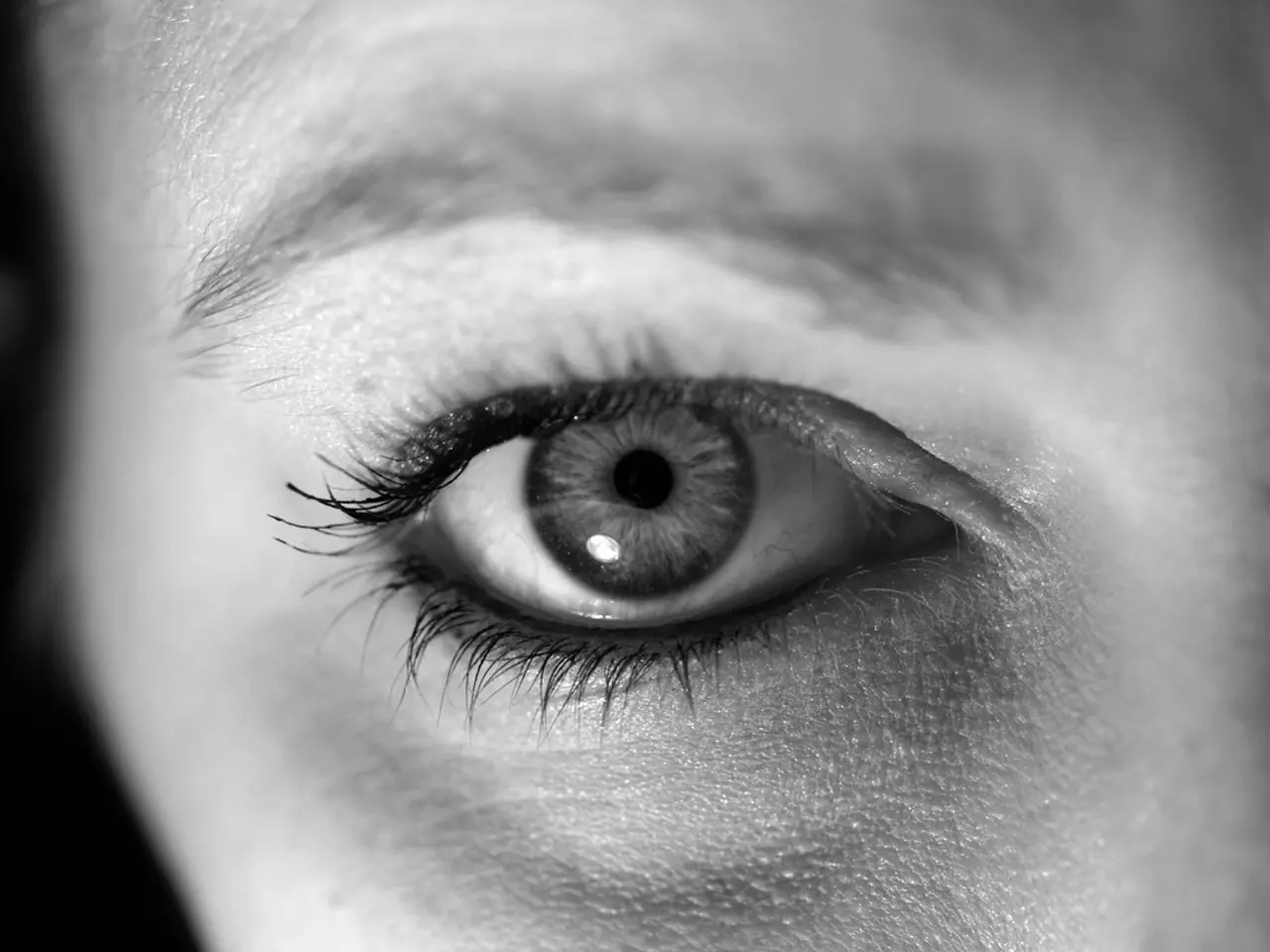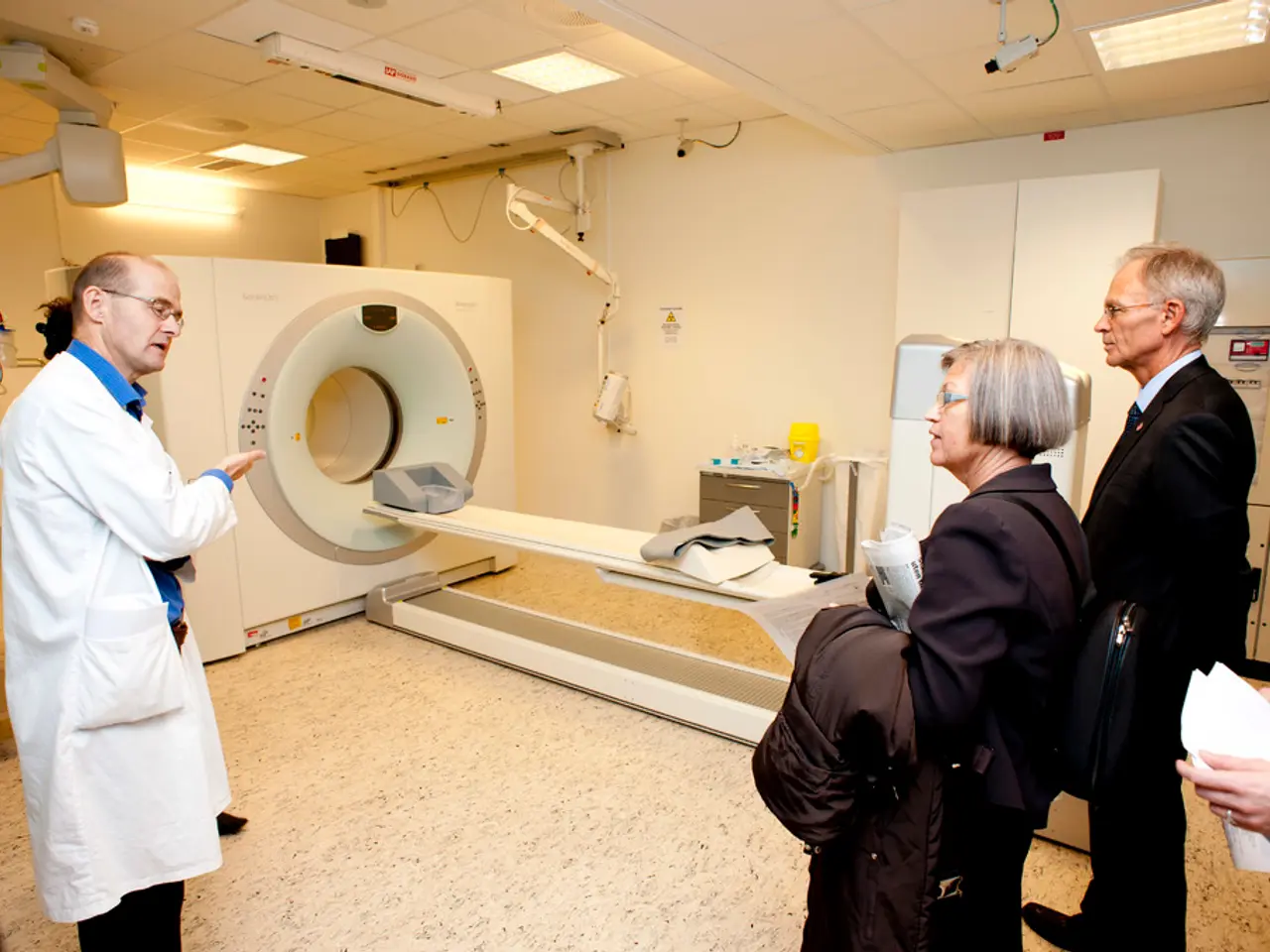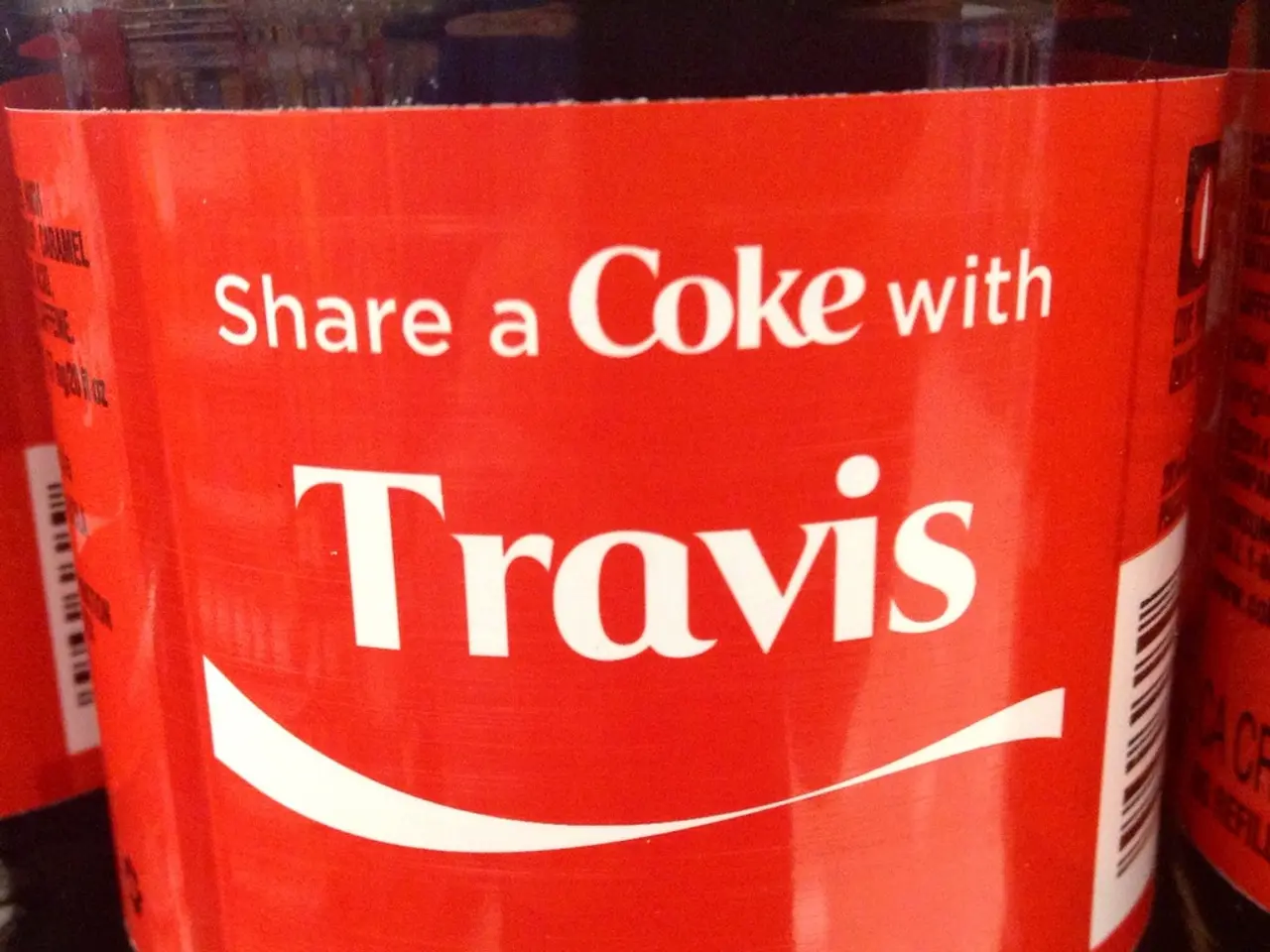Building Relationships through Gaze Interaction
### Eye Movement Sequences Key to Social Cue Interpretation in Humans and Robots
A groundbreaking study published in Royal Society Open Science has revealed that the sequence of eye movements, not just the presence or absence of eye contact, plays a significant role in how we interpret social cues during interactions with both humans and robots [1][3][4].
Conducted by Dr. Nathan Caruana from Flinders University, the study involved 137 participants who decided if agents were inspecting or requesting one of three objects [1]. The research found that the most effective way to non-verbally signal a request for help is a specific gaze sequence: looking at an object, making eye contact, then shifting gaze back to the object [1][3]. Interestingly, this pattern is not only effective in human-human interactions but also in human-robot interactions [3].
The findings suggest that **it is not merely how often or how long someone looks at you that matters, but the broader context—especially the timing and order of gaze shifts—that determines whether the behavior is perceived as communicative and relevant** [1][3]. Moreover, humans tend to respond similarly to these gaze sequences, regardless of whether the interaction is with another person or a robot, indicating that social cue processing transcends the nature of the partner [2][3].
The implications of these findings are far-reaching. By incorporating human-like, contextually appropriate gaze sequences into the design of virtual avatars and social robots, we can enhance the naturalness and effectiveness of artificial agents [1][2][3]. This could lead to robots and virtual assistants that are perceived as more intuitive and effective communicators.
The insights could also be used to develop training for roles where quick, effective non-verbal communication is essential, and to support people who face challenges in interpreting social cues [1][2]. For instance, understanding these patterns can benefit individuals who rely heavily on visual cues, such as those who are hearing-impaired or autistic.
The HAVIC Lab, affiliated with the Flinders Institute for Mental Health and Wellbeing and a founding partner of the Flinders Autism Research Initiative, is currently conducting several applied studies exploring how humans perceive and interact with social robots in various settings, including education and manufacturing [4]. Ongoing studies are also exploring how variations in gaze duration, repetition, and even beliefs about whether the partner is human or AI-driven affect perception, indicating that the field is still uncovering the nuances of gaze behavior [2].
In conclusion, the sequence in which eye movements occur is a powerful determinant of how social cues are interpreted, both in human-human and human-robot interactions. By focusing on these patterns, we can enhance communication technologies and better support individuals who rely on visual social cues, while deepening our understanding of the fundamentals of human connection [1][3][4].
References:
[1] Caruana, N., Sekine, Y., & Burkitt, A. (2021). The temporal context of eye contact influences perceptions of communicative intent. Royal Society Open Science, 8(3), 200192.
[2] Caruana, N. (2021, February 18). Eye contact: The building blocks of social connection. The Conversation. Retrieved from https://theconversation.com/eye-contact-the-building-blocks-of-social-connection-153877
[3] Caruana, N., Sekine, Y., & Burkitt, A. (2021, January 25). Eye contact sequences reveal the building blocks of social communication. Flinders University Newsroom. Retrieved from https://www.flinders.edu.au/news-events/news/eye-contact-sequences-reveal-the-building-blocks-of-social-communication
[4] HAVIC Lab. (n.d.). About. Retrieved from https://haviclab.com/about/
- In neuroscience news, a study has highlighted the significance of the sequence of eye movements in interpreting social cues, revealing it's not just eye contact that matter, but the timing and order of gaze shifts [1][3].
- The study, led by Dr. Nathan Caruana from Flinders University, discovered that a specific gaze sequence – looking at an object, making eye contact, then shifting gaze back to the object – is effective in both human-human and human-robot interactions [1][3].
- This research underscores the fact that it's not merely how often or how long someone looks at you that matters, but the broader context – especially the timing and order of gaze shifts – that determines behavioral perception [1][3].
- The implications of these findings could lead to the design of more intuitive and effective communicators in robots and virtual assistants by incorporating human-like gaze sequences [1][2][3].
- These insights can also aid in developing training for roles relying on quick, effective non-verbal communication and supporting people with challenges in interpreting social cues, such as individuals with autism or hearing impairments [1][2].
- The HAVIC Lab, affiliated with Flinders Institute for Mental Health and Wellbeing, is continuing studies to further explore human-robot interactions in diversified settings, like education and manufacturing, while delving into the intricacies of gaze behavior [4].




